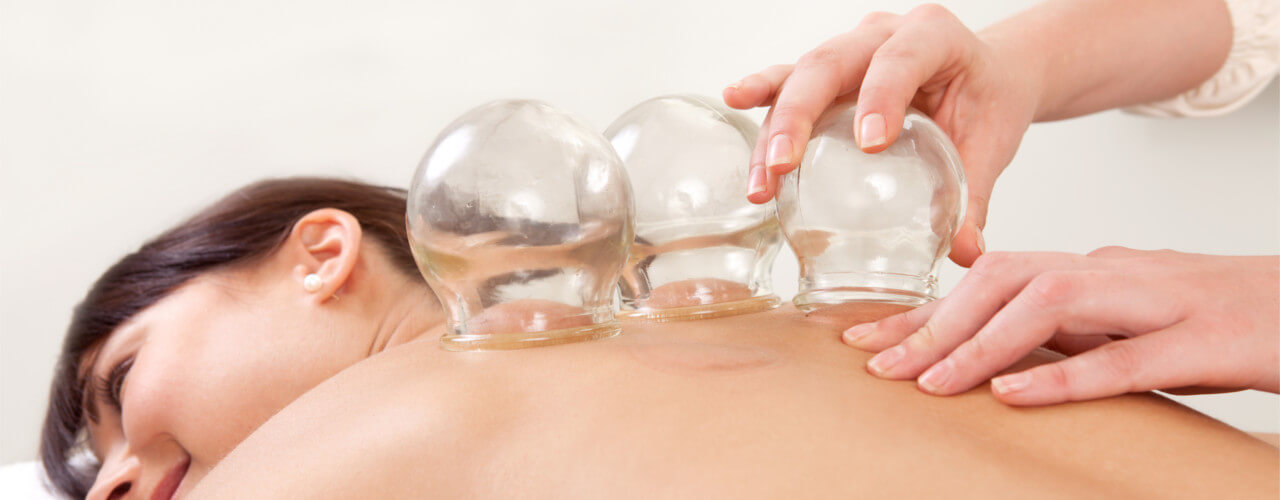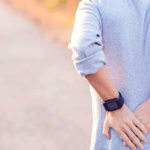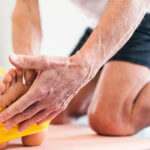Why Cupping Therapy Is Done
Physical therapists may sometimes use cupping as a technique of tissue distraction release. The cups are glided across different areas to lift and separate tissue. It enhances the release of the interfaces between the neural tissues, fascia, skin, ligaments, muscles and tendons. Some patients with myofascial pain report resolution of pain after just one session. There is also some evidence to suggest that cupping techniques are effective for chronic neck pain, low back pain and fibromyalgia. It has also been shown to relax muscles, release trigger points, improve lymphatic flow, increase local circulation and release scar tissue adhesion.
The three cupping techniques are longitudinal, cross fiber and circular. The longitudinal technique is the most common, and the cup is glided longitudinally across the muscle fibers. The cross fiber technique is used when it is believed that the tissue is scarred. The circular technique is used at the end of the session to ensure that all areas were covered.
Cupping therapy is popular among athletes. Numerous athletes from the Olympics in Rio 2016 used cupping. An athlete patient with over a year history of iliotibial band (ITB) pain reported instant relief following a three minute session of cupping. The technique was repeated a week later. Following only two cupping sessions, he was symptom free and returned to his usual running. What can we learn? Cupping therapy may potentially be more effective than techniques that focus on further compressing down on soft-tissues that are hypothesized to be tight.
There’s real science behind cupping therapy. By creating suction with negative pressure, it can increase hydration and blood to body tissues, ease up adhesions, rid excess fluids and eliminate connective tissues. It’s a versatile treatment and can be modified from deep tissue release to lymphatic drainage. This modality is sometimes used in physical therapy and medical massage.
Cupping should not be performed on skin sites with wounds, infection, burns or active inflammation. Sometimes, it can create bruises on the skin that can last up to two weeks. Bruises typically resolve themselves with time.
Other Benefits of Cupping
Cupping can boost skin health, help with respiratory issues and improve digestion. It’s been used to speed up recovery from the flu and common colds by improving immunity. It also reduces symptoms from disorders like irritable bowel syndrome (IBS).
Would you like to know more about cupping? Give us a call at our Bedford, NH center, around the greater Manchester area. We’ll schedule an appointment and assess whether or not you’re a good candidate for cupping therapy. It’s not for everybody. Our skilled physical therapists will do a full assessment of your condition and needs.




